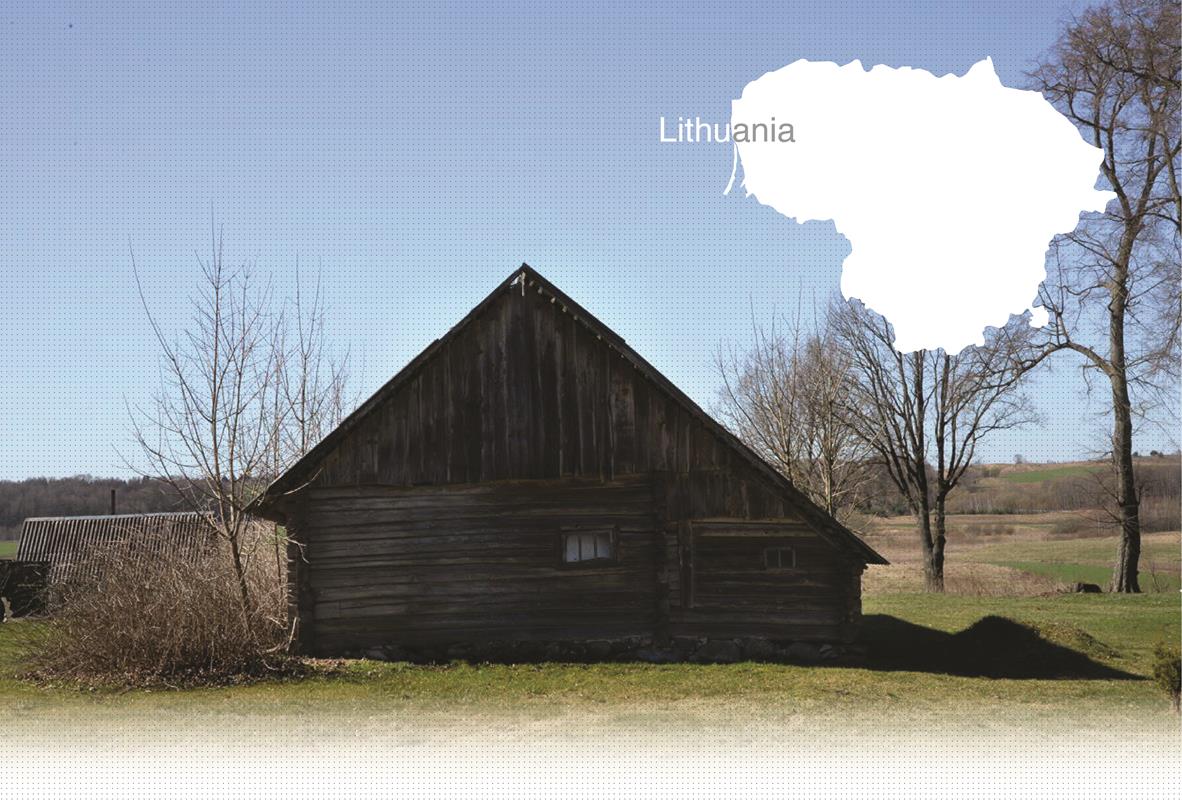

1 Killing site(s)
Vincenta recalls: "Y.U.: Did they force Jews or local people to dig the grave?
Withess: Lithuanians dug it; they were forced to do that.
Y.U.: Was your father also forced to dig the pit?
Withess: Yes. In the morning I brought him breakfast.
Y.U.: How many men were digging the pit?
Withess: All of our neighbours, about five people.
Y.U.: Did seniūnas come to your father in the morning or the day before the shooting?
Withess: He came in the evening and told him to get prepared. There was no choice, if my father had refused, he would have been fined.
Y.U.: Did he dig the pit in the evening, at night or in the morning?
Withess: In the evening, it was already dark outside. When I brought the breakfast in the morning, the pit was already there.
Y.U.: So they dug it during the night?
Withess: Yes.
Y.U.: How big was the pit?
Withess: It was about two meters deep, and there was some water inside it because it was raining. One neighbour put some branches on the bottom in order to not get wet." (Witness N°10, interviewed in Zakeliškės, on November 23, 2013)
According to witnesses interviewed by Yahad, before WWII, the absolute majority of the population in Padubysis was Jewish. There was a synagogue in the village.
After the arrival of the Germans in Lithuania in June 1941, Jews from Padubysis and nearby villages were subjected to forced labour. In mid-August, a group of Germans and Lithuanians with white armbands arrived in Padubysis. They separated Jewish men from women: men were gathered on a Jewish homestead, and women in the synagogue. Several days later, they were killed, together with Jews from the nearby villages of Lyduvėnai and Bulavėnai. In total, 120 people were shot. Victims had to give away their good clothes and valuables before the execution.
Do you have additional information regarding a village that you would like to share with Yahad ?
Please contact us at contact@yahadinunum.org
or by calling Yahad – In Unum at +33 (0) 1 53 20 13 17